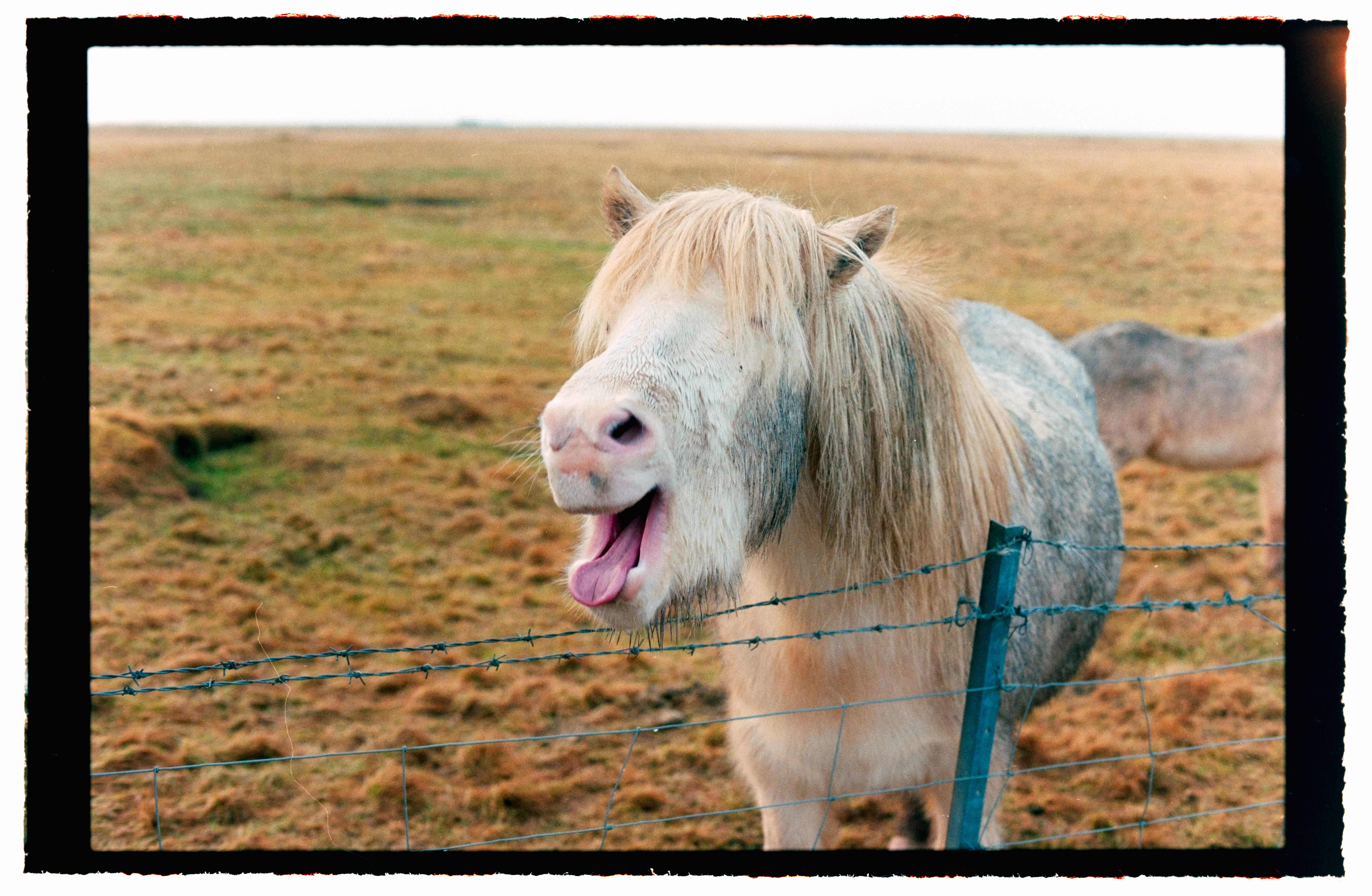
I shoot a lot of film, which means I spend a lot of time digitizing my film – and if you have ever read my best film scanners guide then you might have got a glimpse into my endless quest to find the best way to do it.
I have tried camera scanning before, several times in fact, and I have tried really hard (and spent a fair amount of money) trying to make it work. Although each and every time I have just hated the experience. The space required, the equipment and tools, the hassle of lining everything up perfectly and getting the film to lay completely flat, and the perfect distance away from a flawlessly diffused light source. It’s just not for me.
Or so I thought. I was recently sent a sample of Valoi’s easy35 scanning kit to review, and while I don’t want to give away that review’s conclusion before I have even published it – the easy35 has not only completely changed the way I think about camera scanning, but it has converted me to camera scanning going forwards.

I knew the benefits of camera scanning once you had the setup – the speed of getting through a roll, and the sharpness and consistency across frames, but the easy35 is the first setup I have used that simplifies that in a way accessible to most people. It has taken camera scanning from being the most complicated and frustrating way to scan film, to being the simplest. They weren’t kidding when they put the word easy in the product name.
The easy35 still won’t be for everyone – like all camera scanning setups, the easy35 has the significant disadvantage of not only there being the initial outlay for the kit, but you also need to own or buy a good quality digital camera, macro lens, and a copy of Negative Lab Pro (there are free converters available, but NLP is just the best). But all these pieces when put together can make it a substantial investment.



There are ways to cut costs – I initially used a Canon EOS R and the RF 100mm f/2.8L Macro lens because I already had them, but with Canon's macro lens costing $1,199 alone, it's not a cheap setup. However, in commitment to thorough testing, I bought a TTArtisan 40mm f/2.8 Macro lens for just $120 to use with the easy35, which attached to my Fujifilm X-T5 offered an imperceptible difference from the Canon lens.
Now, I still very highly rate my Plustek OpticFilm 8200i SE, and for anyone who wants the simplest way to covert their negatives into digital versions without the hassle of diving into other conversion software, fiddling with camera settings, or investing in even more camera gear, then I would continue to place the 8200i SE as the best scanner you can buy as it is sharp, consistent and easy to use – but boy is it slow and time-consuming.
And if that has always put you off digitizing your old film, then maybe like me you might fall for the Valoi easy35.







